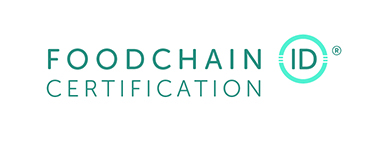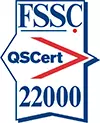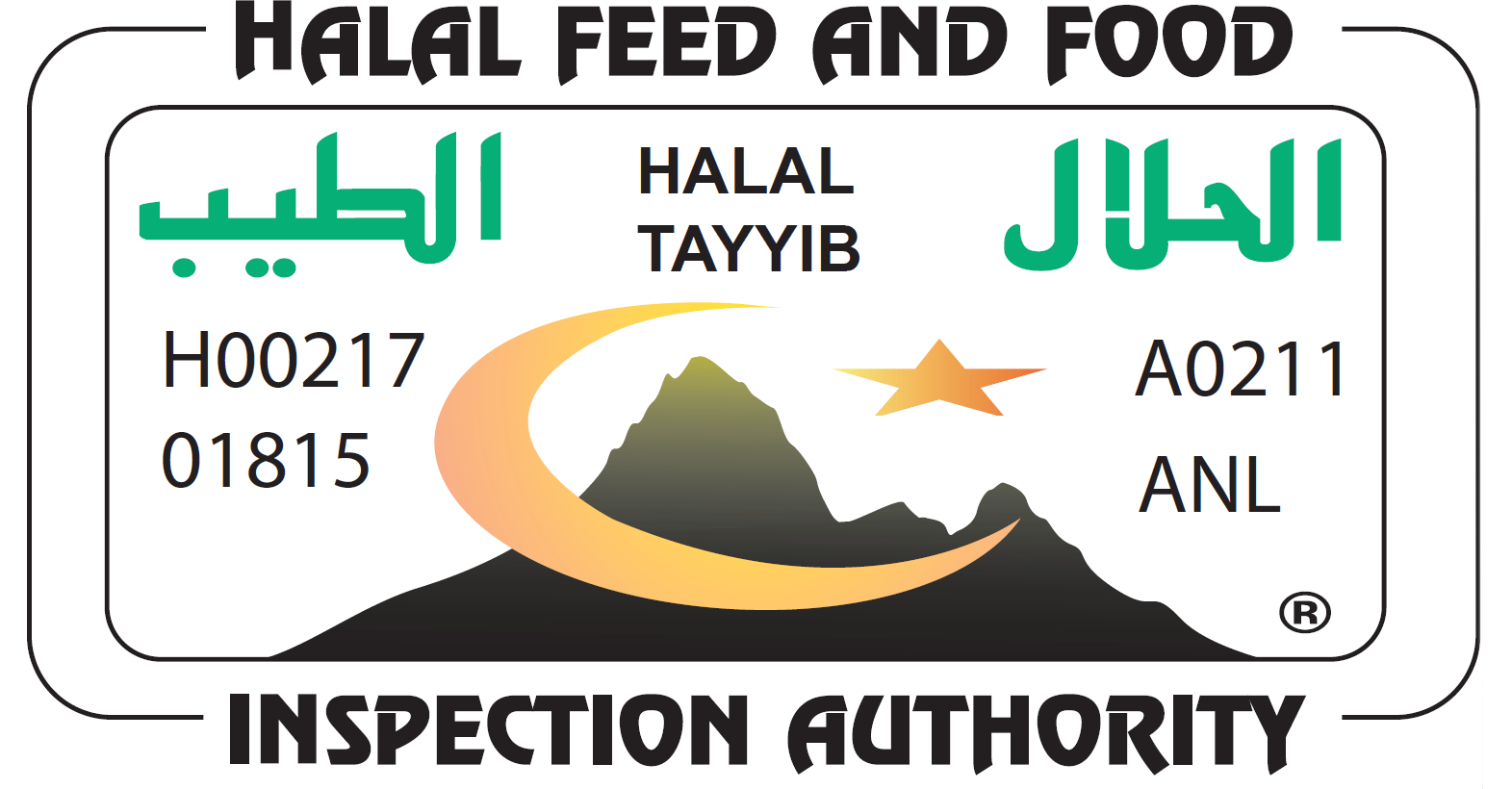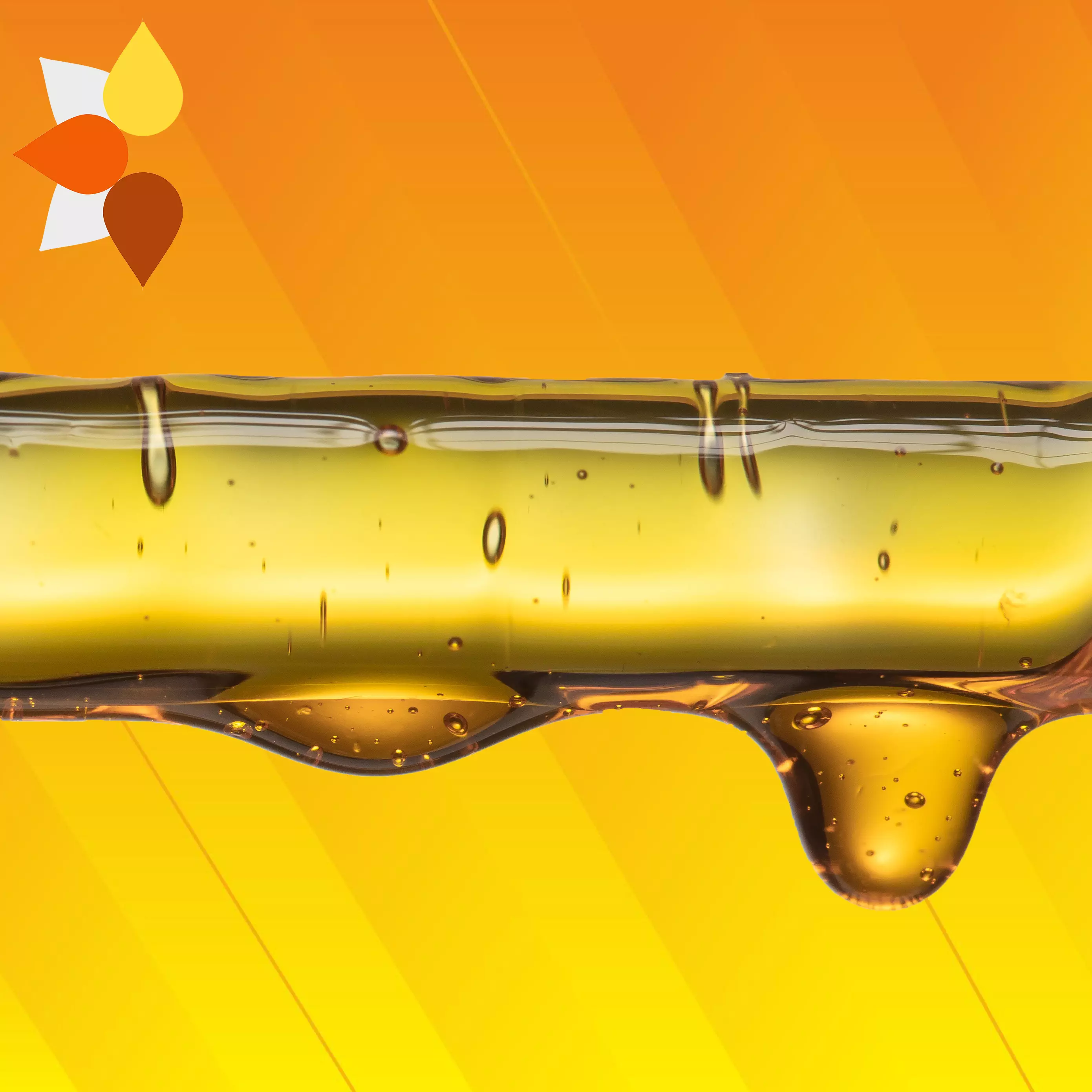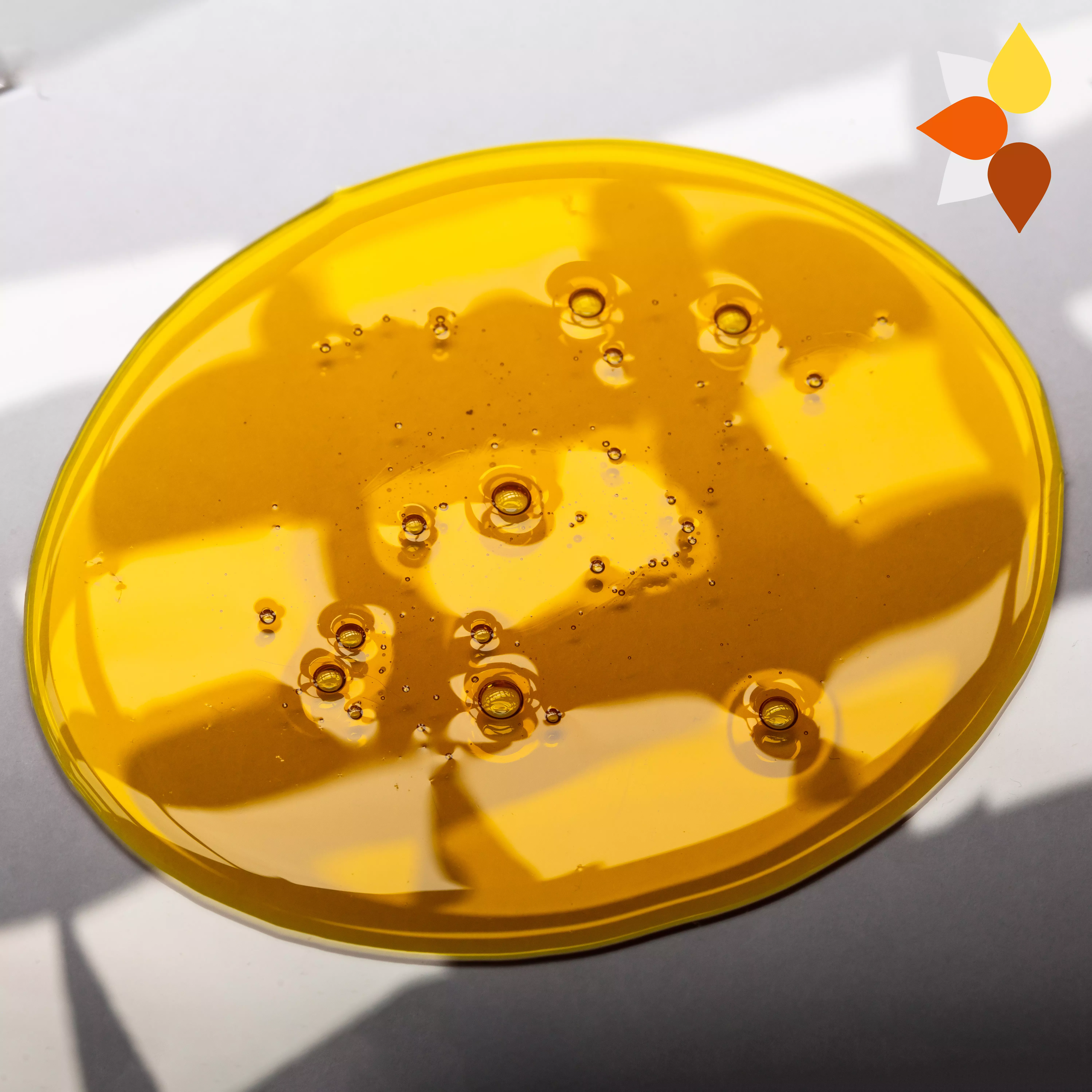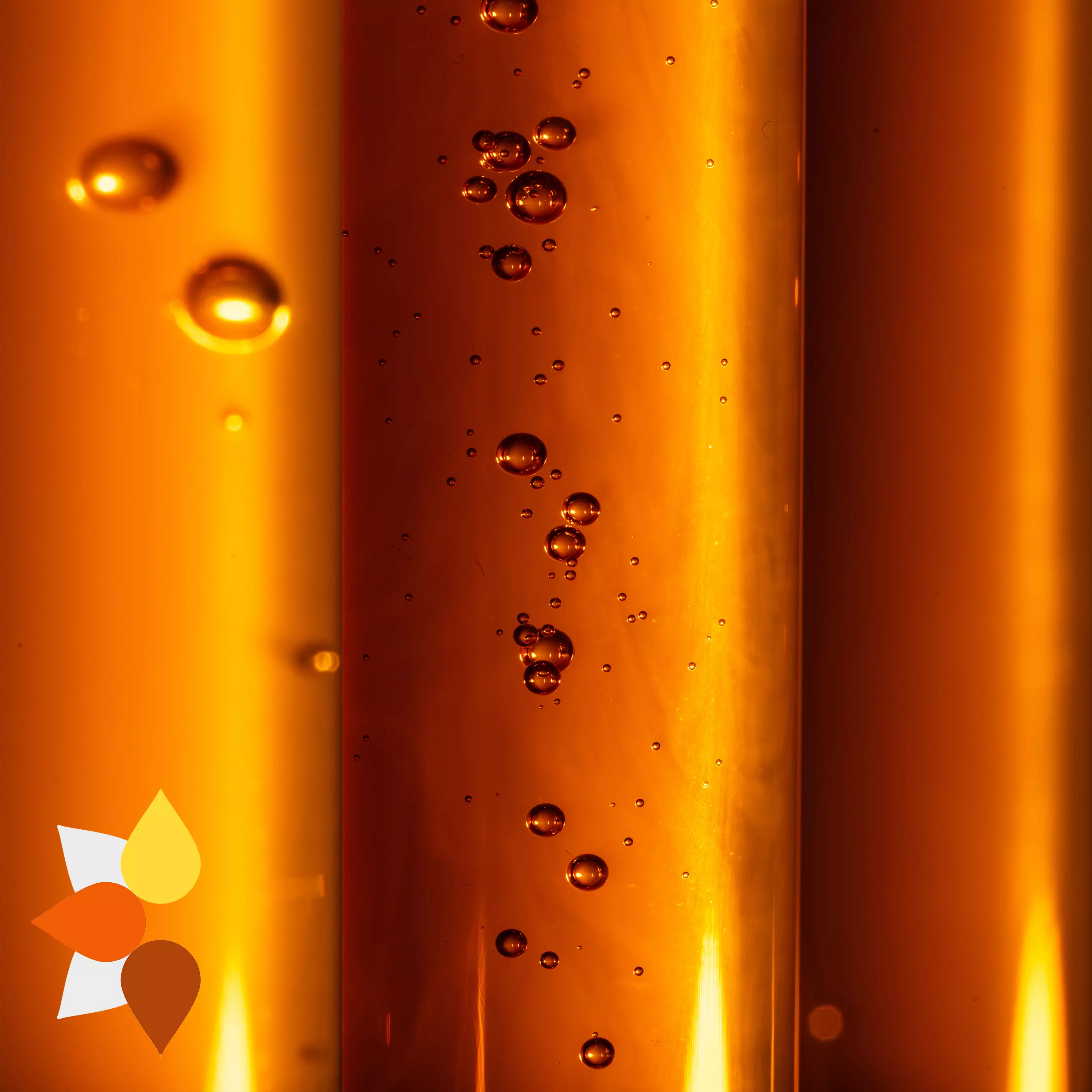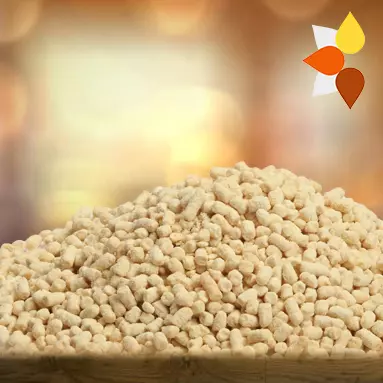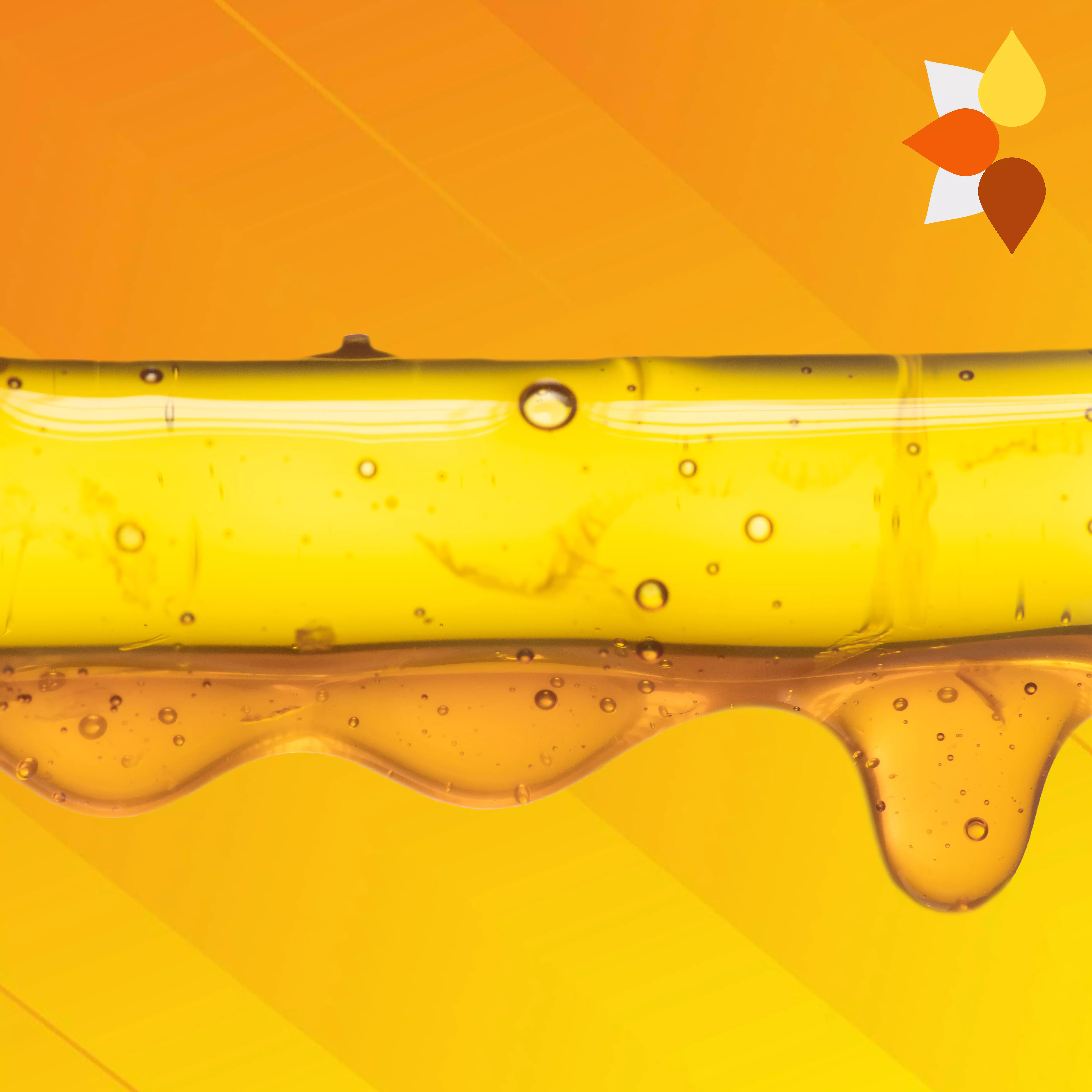Catalogue
LECITAL Hydrolyzed lecithin
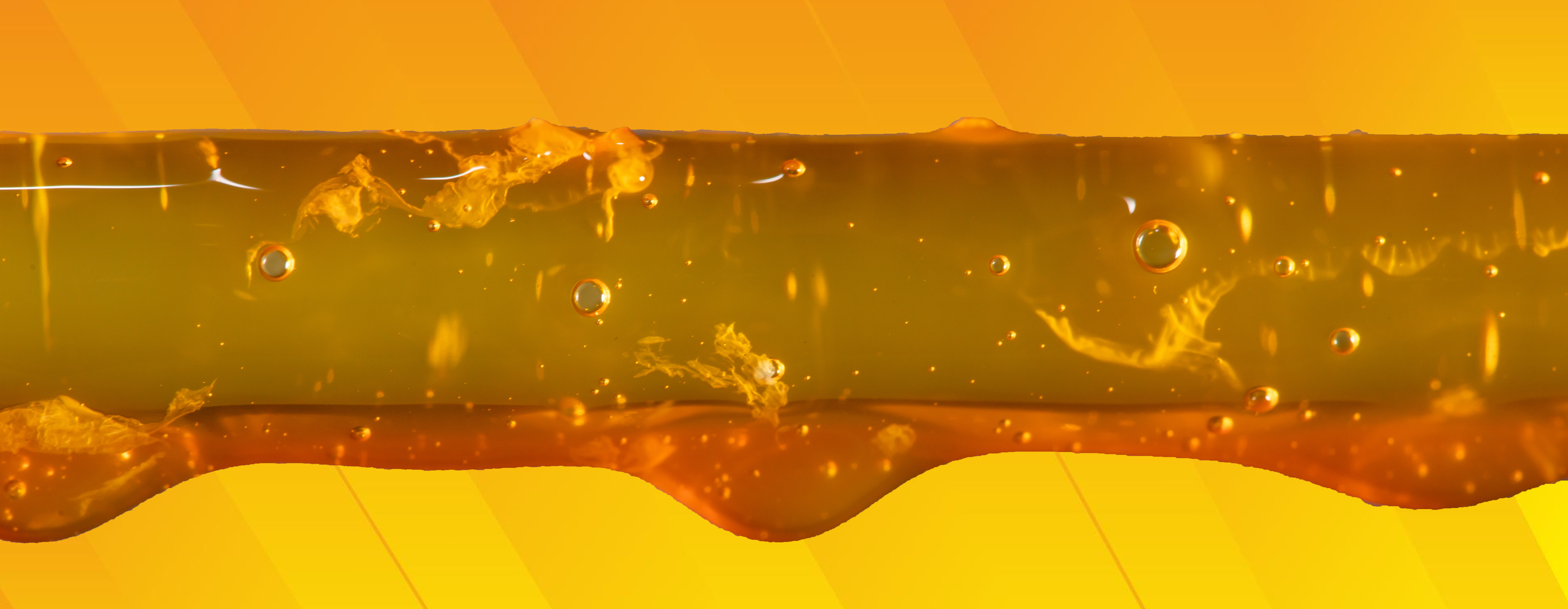
Product description
Hydrolyzed lecithin is a lecithin product which has undergone certain processes which altered its molecular structure. This is done with one simple purpose to make lecithin more water-loving, making it preferable for a variety of water-in-oil applications.
To alter the characteristics of lecithin in order make it more suitable for the product to which it is added, lecithin can undergo enzymatic hydrolysis. In Hydrolyzed Lecithin, some of the phospholipids contain one fatty acid removed by phospholipase.
Currently, the industry mostly produces Hydrolyzed Lecithin with a degree of hydrolysis of 40, 60, 80%. The degree of hydrolysis is understood as the ratio of the content of hydrolyzed phosphatidylethanolamine (PE) to the total content of PE.
A change in the molecular structure and composition of standard lecithin under the influence of hydrolysis leads to a change in hydrophilic-lipophilic balance, which determines the properties and function. The hydrophilic-lipophilic balance number increases to 8-9 compared to standard lecithin, which has an HLB of 4-5. Due to this, Hydrolyzed Lecithin is able to stabilize not only oil-in-water emulsions, but also water-in-oil emulsions. This largely expands the field of application of Hydrolyzed Lecithin, which can be used in food substances containing more water.
Application
The molecular configuration of Hydrolyzed Lecithin determines their ability to interact with starch and to slow down the process of staling of bakery and flour confectionery products. This property is used to create products which retain freshness longer during storage.
An important reason for using hydrolyzed lecithin is also the fact that, unlike standard lecithin, they can act effectively in hard water. The results of the studies of the properties of model substances showed that the emulsion using standard lecithin in hard water has a low stability value of around 34%. The stability index of the emulsion in the case of using hydrolyzed lecithin significantly increases to around 91%, which is, for example, of interest to those manufacturers who use mineralized water in their product formulations.
Thus, LECITAL hydrolyzed lecithin in bakery:
• Reduces mixing time (dissolves easily in cold and/or hard water)
• Provides a homogeneous and elastic dough
• Forms a homogeneous crumb structure
• Reduces dough adhesion during processing and facilitates release from mold
• Improves the structure of the finished product
• Extends the shelf life of bread and baked goods
Besides, LECITAL Hydrolyzed Lecithin, due to its great emulsifying and hydrophilic properties, is almost irreplaceable in a huge variety of other applications. It can form more stable oil in water emulsion, which is widely used in margarine, instant formulas, non-dairy creams, sauces, sprays, beverage powders, soups and high protein nutrition beverages. Other than food, LECITAL Hydrolyzed Lecithin has numerous applications in Pharmaceutical, Cosmetics, and other Industrial applications:
• In the pharmaceutical industry, it acts as a wetting agent, stabilizing agent and choline enrichment carrier, assists in emulsification and encapsulation, and is a good dispersing agent. It can be used in the production of intravenous fatty infusions and for other medicinal purposes.
• In animal feed, it enriches fat and protein and improves pelleting.
• In the paint and varnish industry, it forms protective coatings for surfaces in paint and printing ink, has antioxidant properties, helps as a rust inhibitor, is a color enhancing agent, catalyst, conditioner modifier and dispersant. It is a good stabilizing and suspending agent, emulsifier and wetting agent, helps in maintaining a homogeneous mixture of several pigments, helps in grinding metal oxide pigments, is an additive for distribution and mixing, prevents solid settling of pigments, eliminates foam in water.
• It facilitates the rapid dispersion of latex-based paints. Hydrolyzed Lecithin can also be used as an anti-adhesive agent for plastics, an anti-sludge additive in motor lubricants, an anti-gumming agent in gasoline, and as an emulsifier, spreading agent, and antioxidant in textile, rubber and other industries.
LECITAL Hydrolyzed lecithin in margarine
The type of lecithin that is used depends mainly on the salt content of the margarine. For home use margarines and many commercial baking and puff pastry margarines, enzymatically modified hydrolyzed lecithin is preferred. The same stands true for low-salt and no-salt margarines. There is now a steady trend towards moving from standard lecithin to hydrolyzed lecithin products in margarine applications and water-in-oil based sauces applications.
Application in poultry feed grade
• LECITAL Hydrolyzed Lecithin ensures better digestibility of fat and energy because it acts as a natural emulsifier
• It improves the digestibility of the other nutrients in the feed and promotes the absorption of the fat-soluble vitamins
• It can be specially developed for use in energy-rich feed mixtures for poultry
• Support for the immune system
• Provides efficient metabolism
• Optimal supplies of choline and energy
• It helps as a physiological agent and aids in pelletizing
• It increases the egg mass & production
• Decrease feed dust
• Improves feed efficiency
